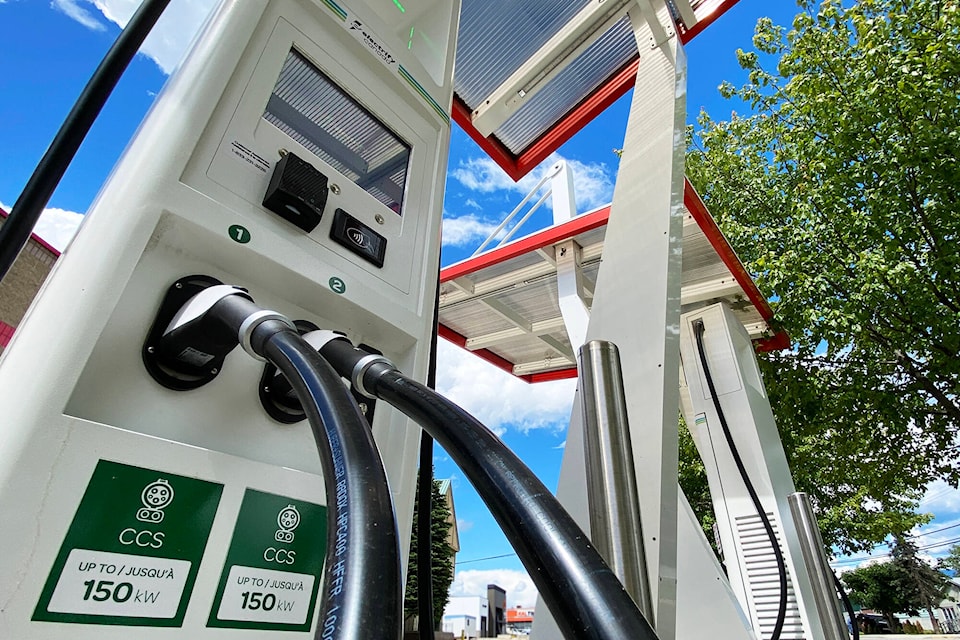Zero-emission vehicles represented 13 per cent of all new light-duty vehicle sales in B.C. last year, making British Columbia the tops North America for ZEV uptake, the province said last week.
“With the highest reported uptake rate of ZEVs in North America, B.C. is quickly becoming a leader in the ZEV industry,” Bruce Ralston, Minister of Energy, Mines and Low Carbon Innovation, said in announcing 2021 Zero-Emission Vehicle Update. “The annual ZEV update shows that people and businesses in B.C. are eager to make the switch to cleaner energy, and we’re helping people make this transition through our CleanBC Go Electric suite of programs.”
At the end of 2021, almost 80,000 ZEVs were registered in B.C.
The 2021 ZEV update highlights the measures the Province is taking to encourage light-duty ZEV uptake, as well as uptake in the hard-to-decarbonize medium- and heavy-duty commercial vehicle sectors.
Two CleanBC programs – the Go Electric Commercial Vehicle Pilots program and the Specialty-Use Vehicle Incentive program – are designed to encourage businesses, non-profit organizations, local governments and other public entities to adopt electric or hydrogen fuel-cell vehicles to replace gas or diesel vehicles in their commercial fleets.
Since November 2017, the Specialty-Use program has provided 777 rebates worth $3.5 million for zero-emission speciality-use vehicles.
The commercial program, launched in January 2021, has provided $9.6 million in funding to support the adoption of commercial ZEVs and supporting infrastructure. Through this program, the Province has committed funds to four projects that have added 10 battery-electric vehicles, four hydrogen fuel cell electric vehicles and 11 commercial vehicle charging stations. In 2019, B.C.’s commercial transport sector accounted for approximately 60 per cent of B.C.’s transport emissions and 25 per cent of total provincial emissions.
“People are increasingly choosing electric vehicles as the clean and lower-cost option, and we have achieved our 2025 target for ZEVs five years ahead of schedule,” said George Heyman, Minister of Environment and Climate Change Strategy.
According to the province:
- ZEV owners see immediate fuel cost savings of about $1,800 to $2,500 per year for the average B.C. driver, plus lower ongoing maintenance costs.
- At 3,000+ public EV charging stations, B.C. has one of the largest public charging networks and the first cluster of public hydrogen fuelling stations in Canada.
- British Columbia is the first jurisdiction in the world to adopt a 100 per cent zero-emission vehicles law.
- A key CleanBC action is to strengthen the Zero-Emission Vehicles Act to require light-duty vehicle sales to be 26 per cent ZEV by 2026, 90 per cent by 2030 and 100 per cent by 2035, five years ahead of the original target.
The annual ZEV update tracks British Columbia’s progress toward its zero-emission vehicle targets and is a requirement under the Zero-Emission Vehicles Act, implemented in 2019.
CleanBC supports government’s commitment to climate action to meet B.C.’s emission targets and build a cleaner, Learn more about the suite of CleanBC Go Electric program here.
If you’re interested in new or used vehicles, be sure to visit TodaysDrive.com to find your dream car today! Like us on Facebook and follow us on Instagram
